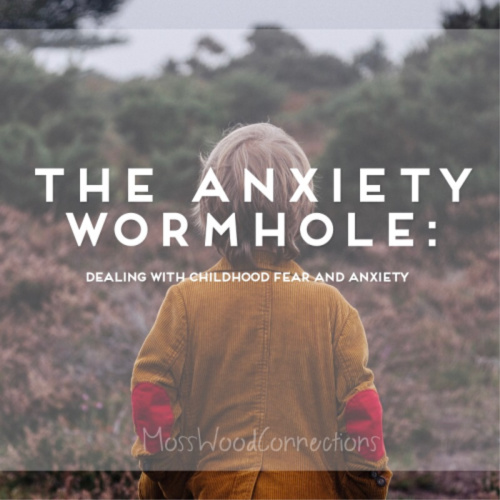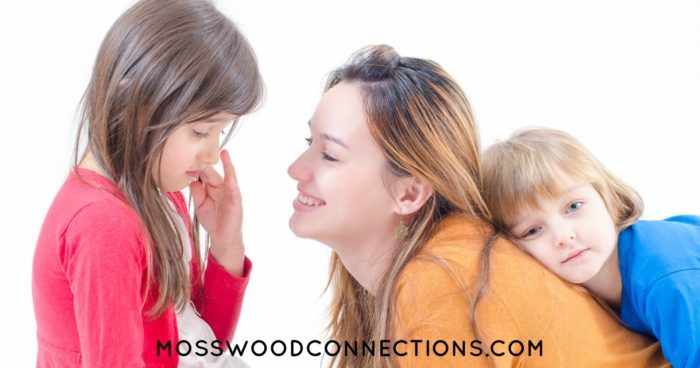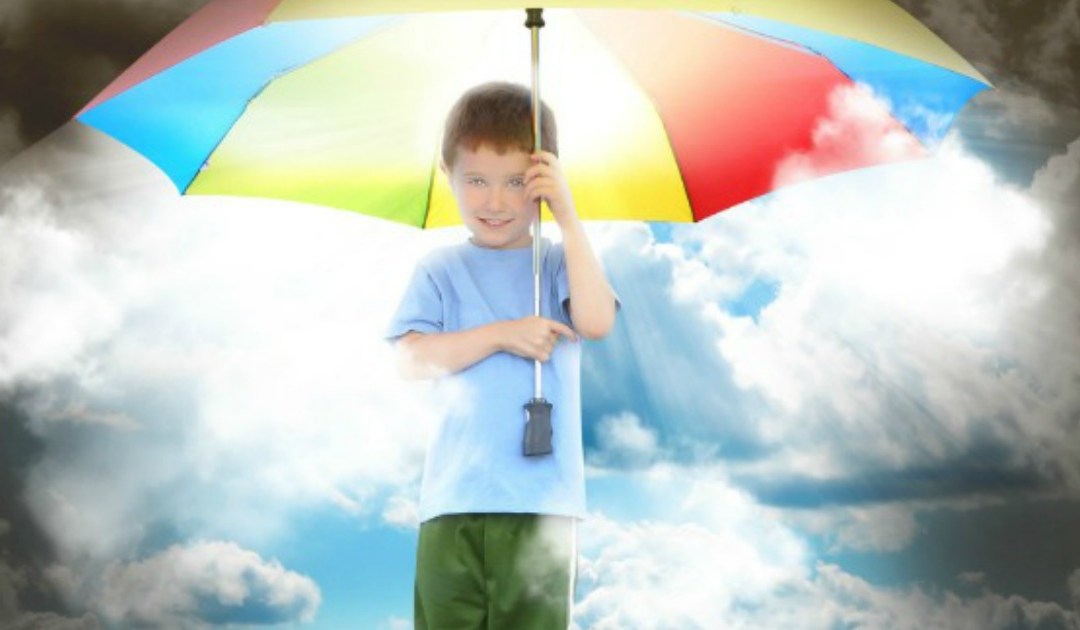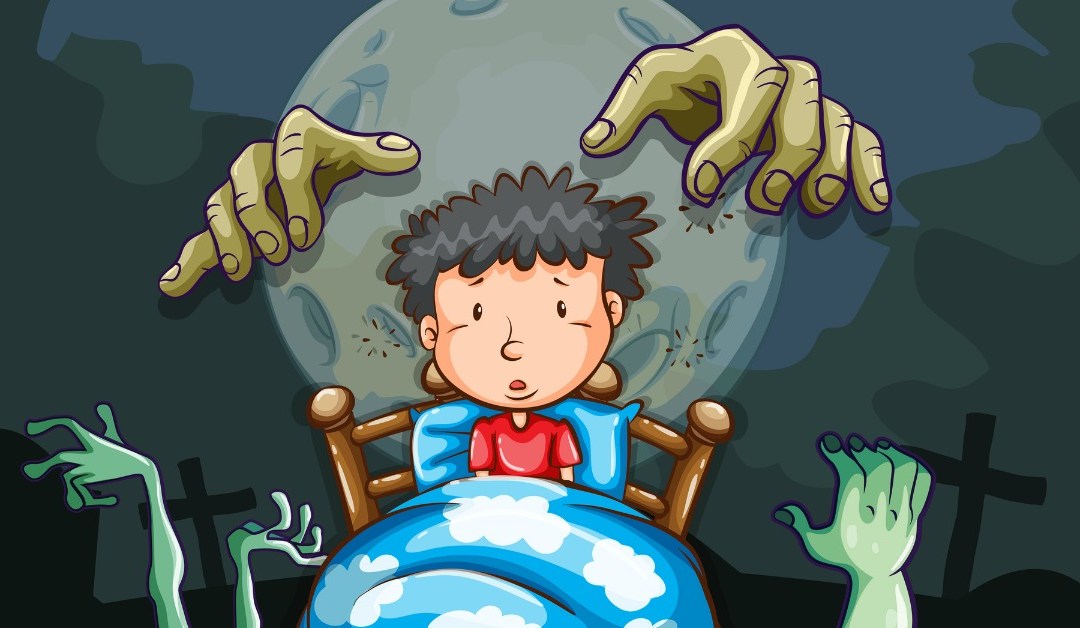The Anxiety Wormhole
Raising Kids
While most children experience typical childhood fear and anxiety that they eventually outgrow, some kids are plagued by unreasonable fears resulting in mounting childhood fear and anxiety which can lead to obsessive-compulsive behaviors. My kiddo falls into the second category. Throughout L’s childhood, we have exposed him to the things and situations that scare him in order to gently desensitize him and free him from the fears and anxiety that restrict his experiences.
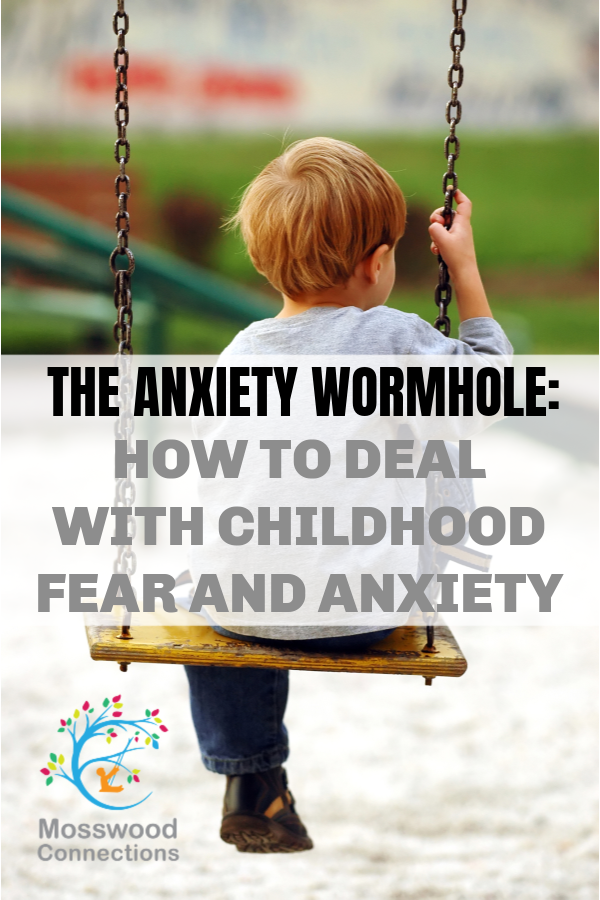
The Anxiety Wormhole: Dealing with Childhood Fear and Anxiety
As he’s gotten older his fear factor has decreased but it is ever-present. The other day I got a call from his science teacher warning me that L had had an emotional day at school. Turns out that they had a special guest, The Worm Guy, who brought along a worm colony for the kids to interact with. I knew that L wasn’t a big fan of worms, but I had no idea that it was a legit fear. When I picked him up from school that day he told me he’d had the WORST DAY EVER. He told me he felt pressured by everyone to touch the worms, but that he was just too afraid and felt like a big baby for not trying.
Dealing With Fear And Anxiety
Time to Talk it Out
Finding a Solution for Fighting Fears and Phobias
Going Down the Anxiety Wormhole

There is No Easy Fix for Fears and Phobias
Tips For Helping Your Child with Their Childhood Fear and Anxiety
- Stay Calm. Anxiety is contagious. It’s hard to see our children unhappy but it is important to exude that you feel calm and in control. That will help your child feel safe.
- Wait to give advice or solutions to the problem. No one really wants to hear about what they should be doing when they are upset.
- Be comforting and let them have the time and space to calm down.
- Once they have calmed down it is time to “talk it out”. Listen to what they have to say. Is there an event that sparked the fear, is it sensory, or is it a fear that seems to come out of nowhere? Defining the origin of the fear will help lead you to the best way to help.
- If there was an event that sparked the problem, then talking about that can help. For example, Krishna is afraid of dogs. When you talk about it, you discover that he was at a friend’s house and their dog snapped at him. That is a concrete reason to be fearful. You can come up with solutions together that help your child feel equipped to deal with that if it ever would happen again.
- If it is sensory there may be a different solution. I worked with a preschooler who would freak out during art time. He was worried that the art project would involve touching paint or paste. We found that an easy solution was to have a paper towel next to him just in case he wanted to wipe his hands.
- Some fears just can’t be explained and those fears can turn into phobias, like L’s fear of worms. That is when is time for gentle exposure to the fear.
- When you are confronting a fear go slow, break it down into small steps. Like L’s worm project. First, he was comforted. Then he talked about it. Then he touched the worms with gloves on. Next time he will try to touch the worm with bare hands and finally, we hope that he will pick up the worms and feed them to his chickens.
